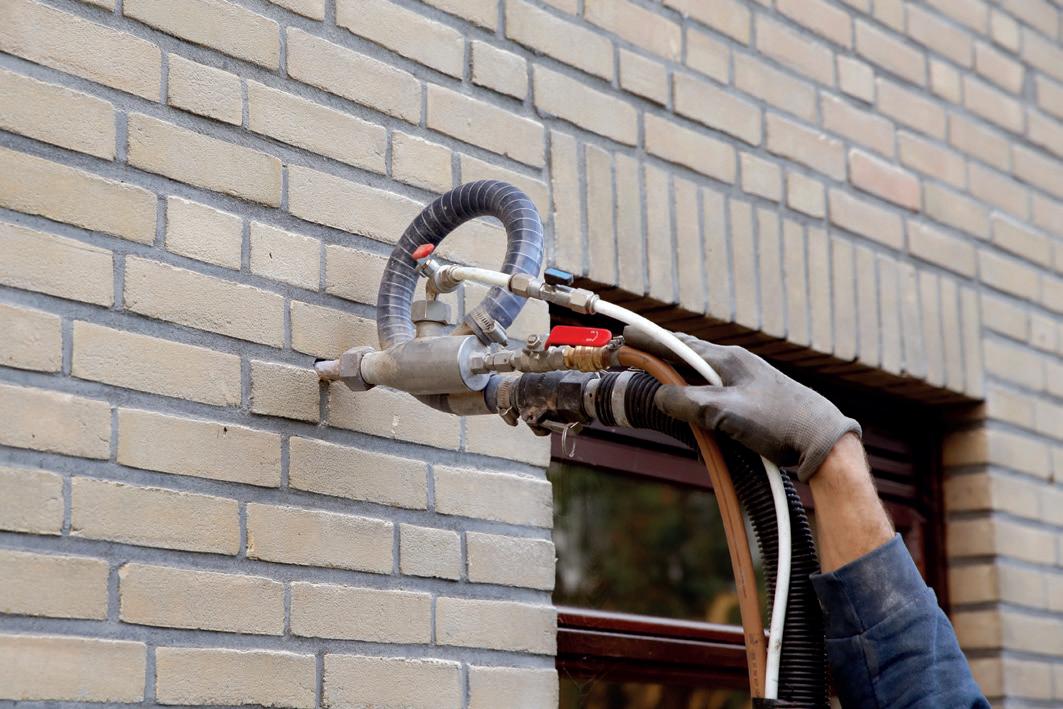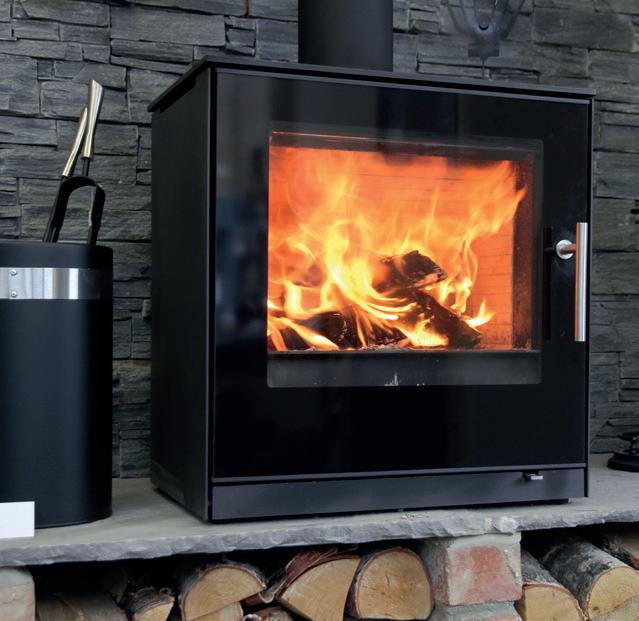
5 minute read
HOME
MAKING YOUR HOME ECO FRIENDLY IN 2022
NOT so long ago trying to make your home more eco-friendly was more of a political statement than anything else but now it’s a financial necessity. Creating a greener, more environmentally-conscious place to live in makes economical sense when energy bills are soaring and the cost of everything we buy to eat or use has suddenly increased. These can be small changes or bigger ones but the reality today in our homes is that looking after the environment makes sense all round.
Advertisement
One of the smaller changes that could make a big difference is switching to LED LIGHT BULBS. They are undoubtedly more energy-efficient, using less electricity than traditional light bulbs and they last much longer. Consider RENEWABLE ELECTRICITY in solar panels. They convert the sun’s energy into electricity using photovoltaic cells to allow you to generate your own reliable, sustainable and lowmaintenance source of energy. They also save on tonnes of carbon emitted nationally and add to the joined-up thinking of investing in an electric car and charging it at home.
ELECTRIC CARS are eco-friendly because diesel and petrolfuelled cars are major contributors to global warming via the CO2 emissions involved. Electric vehicles don’t use traditional fuels and they don’t produce any air pollutants or air toxics In the home, invest in a SMART THERMOSTAT which is wi-fi enabled and can be remote-controlled from any smart device. A smart thermostat can be connected to your central heating system, all types of boilers and air conditioning systems. This clever piece of technology that saves money on energy bills each year remembers your home’s heating patterns and reacts to outside temperatures. It will also automatically switch off your system when you leave the property and start it up again in time for your return. If you need to change your washing, fridge freezer, oven or dishwasher consider buying an ENERGY-EFFICIENT APPLIANCE. It will have its own energy efficiency label which runs from A to G with A being the most energy-efficient. Take a hard look at your CLEANING PRODUCTS and look at not only the price but what ingredients they use. Many contain detergents, preservatives or foaming agents made from toxic chemicals that can go into streams and rivers causing pollution and damage to ecosystems. Try buying natural cleaning products or consider making your own. Vinegar, lemon juice and bicarbonate of soda, for example, creates a sustainable and cheaper cleaning alternative that really works.
Extend that thinking to PRODUCTS you use at home. Aim for biodegradable products which dissolve thanks to bacteria and fungi which means they fit in to Nature far more easily and disappear through natural processes. Look out for recycled toilet paper and natural ingredient shampoo and deodorant. Use a bamboo toothbrush and washcloths made from hemp or agave fibres. When you’re doing the LAUNDRY wash clothes on a colder setting. A hotter setting uses a surprising amount of energy and isn’t usually necessary unless you’re tackling really stubborn stains. Washing at 30 deg C gets your clothes just as clean and keeps the energy costs down as well as cutting down on CO2 emissions.
Wash clothes less as synthetic materials shed microplastics in the washing machine which can find their way to the ocean. Over washing clothes at high temperatures also affects their quality over time and it’s a great waste of water and energy. Also, buy only non-toxic detergents and avoid the use or overuse of tumble dryers. INSULATING your windows is another important step in making your home more eco-friendly. If your windows are not properly insulated, heat can easily escape out and cold draughts come in, increasing the amount of energy you need to warm your property. Double glazing and thicker curtains in Winter also help to reduce energy bills and keep your home cosy.


CAVITY WALL INSULATION can deal with the air gap between inner and outer walls in older properties. This comes in a range of types and materials including wood fibre and polystyrene.
Insulation boards are better suited to larger areas and cavity walls and this may be something you can cut and fit yourself. As up to a quarter of your home’s heating energy is lost in the roof, improve this situation dramatically by installing LOFT INSULATION. Laying down blanket loft insulation rolls, which you can alter to fit between the joists in the loft, stops rising heat escaping through it. DRAUGHT EXCLUDERS are also very useful for stopping draughts around window and door frames. Foam, metal or plastic strips are ideal and you can also buy excluders for letterboxes or keyholes from local DIY stores or online which are easy to fit. Having your BOILER SERVICED is also vital to ensure it’s running safely and efficiently. It could be burning more fuel to heat your home, especially as it gets older, which causes bills to rise and energy consumption to increase. Choose a licensed engineer to identify any problem components and keep your boiler running more economically.
LOG BURNERS
undoubtedly make a home look warmer and more friendly but they still need help improving energy bills. Ensure your stove is properly cleaned out and that your chimney is swept at least once a year. Always light your fire from the top down and control the airflow to even out the fire strength. Stove fans can help circulate warmth throughout your home.
Use CLEAN WOOD FUEL to ensure your woodburner produces less smoke and air pollution but retains a high heat output. Choosing RECYCLED FURNITURE helps the planet and, if you use charity shops to find items, help causes that urgently need funds in these cash-strapped times.
COMPOST your food waste to cut down on the amount of food waste that ends up in landfill and produces methane gas that pollutes the environment. Putting peelings and other food waste in a compost bin allows you to dispose of waste sustainably and create free fertiliser to use on your plants.
At home as everywhere else, encourage the mantra “reduce, reuse and recycle.”






